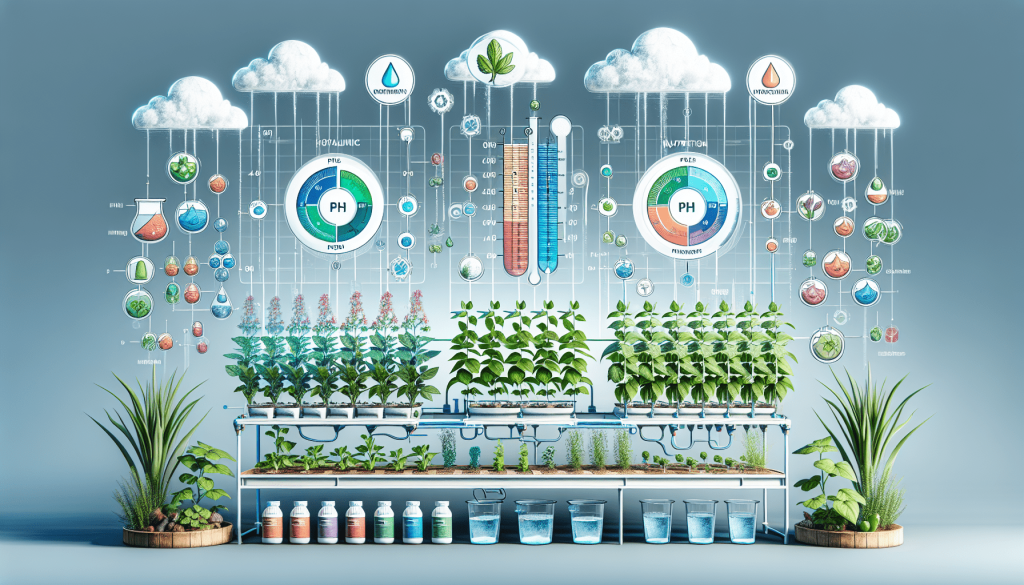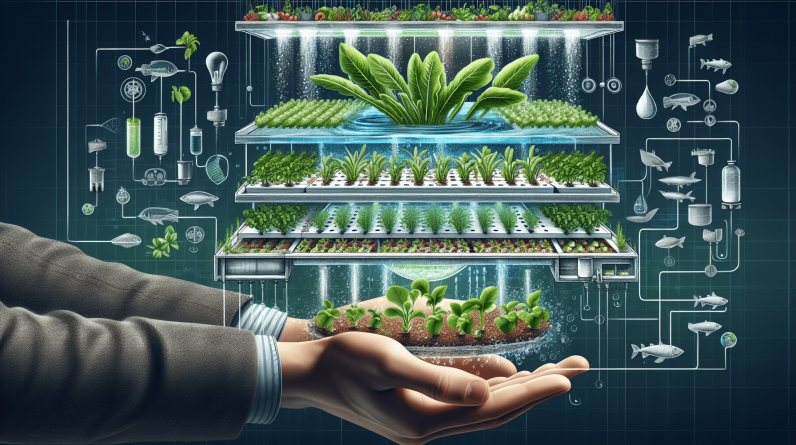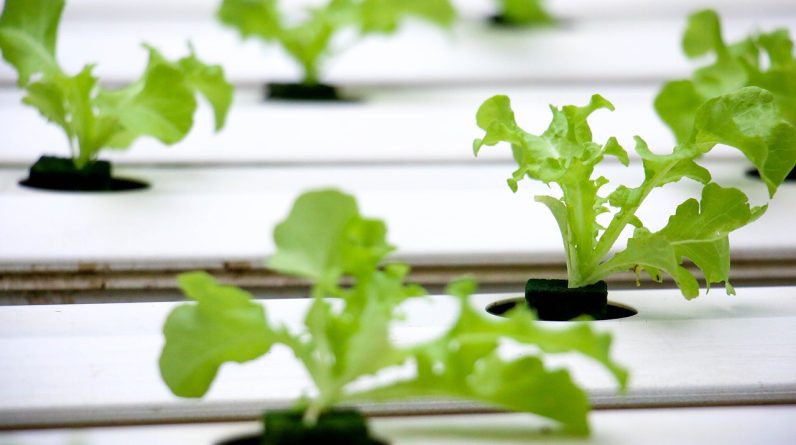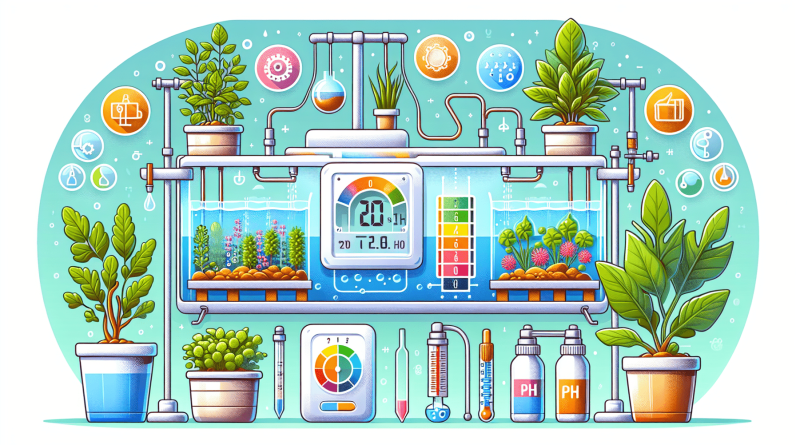
Are you interested in maintaining optimal conditions for your hydroponic growing system? Ensuring a balanced pH level is crucial for the success of your plants. In this article, we will explore the importance of maintaining the pH balance in your hydroponic system, the potential effects of an imbalance, and provide practical tips on how to monitor and adjust the pH levels in your setup. Whether you are a seasoned hydroponic enthusiast or just starting out, this article will provide you with the knowledge and tools to keep your plants thriving. So, let’s dive into the world of pH balance and discover the key to healthy hydroponic plants.
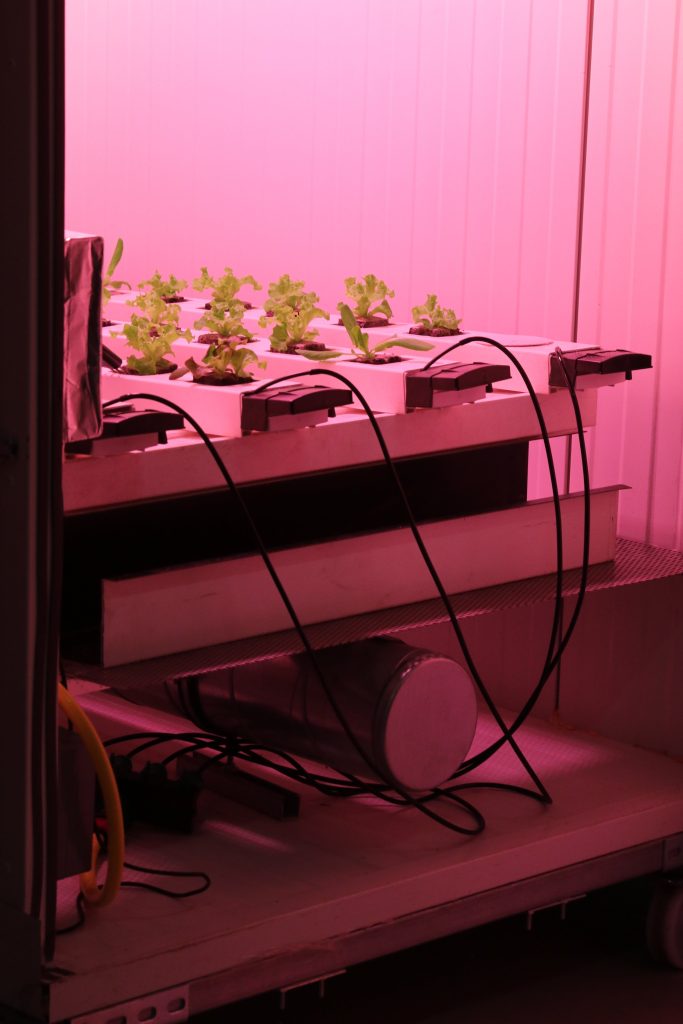
Why pH Balance is Important in Hydroponic Growing
Understanding the Role of pH in Hydroponics
In hydroponic growing, pH refers to the measurement of the acidity or alkalinity of the water or nutrient solution that is used to grow plants. pH is measured on a scale from 0 to 14, with 7 being neutral. A pH below 7 is considered acidic, while a pH above 7 is alkaline.
pH plays a crucial role in hydroponics as it directly affects the availability of nutrients to the plants. It influences the solubility and uptake of essential minerals by the plant roots. Each nutrient has an optimal pH range at which it can be absorbed efficiently by the plant. When the pH is outside this range, certain nutrients may become unavailable, leading to nutrient deficiencies, stunted growth, and reduced yields.
The Effects of pH Imbalance on Plant Health
Maintaining the proper pH balance in your hydroponic system is vital for the overall health and well-being of your plants. Having a pH that is too high or too low can negatively impact plant growth and development.
When the pH is too high (alkaline), certain essential nutrients, such as iron, manganese, and zinc, become less available to the plant. This can result in nutrient deficiencies and hinder the plant’s ability to carry out important physiological processes. Additionally, alkaline conditions can promote the growth of harmful microorganisms and root diseases.
On the other hand, low pH (acidic) conditions can lead to an excess of certain nutrients, such as aluminum and manganese, which can be toxic to plants. Acidic conditions can also hinder the growth of beneficial microorganisms in the root zone, disrupting the delicate balance of the ecosystem and reducing nutrient uptake.
Optimal pH Ranges for Different Hydroponic Crops
Different plants have different pH preferences, and it’s important to adjust the pH of your hydroponic system to suit the specific crop you are growing. Here are some general guidelines for optimal pH ranges for common hydroponic crops:
- Leafy greens (lettuce, spinach, kale): 5.5 – 6.5
- Tomatoes: 5.5 – 6.5
- Peppers: 5.5 – 6.5
- Cucumbers: 5.8 – 6.2
- Strawberries: 5.5 – 6.5
- Herbs (basil, mint, parsley): 6.0 – 7.0
It is important to note that these are just general guidelines, and some individual plants may have specific pH preferences. Monitoring and adjusting the pH regularly will help ensure optimal growing conditions for your specific crop.
Measuring pH in Hydroponic Systems
Using pH Test Kits
Measuring the pH of your hydroponic system is crucial to maintaining the proper pH balance. One of the most common methods of measuring pH is by using pH test kits. pH test kits usually include a liquid or powder pH indicator solution and a color chart.
To use a pH test kit, you simply mix a small amount of your hydroponic solution with the pH indicator solution and compare the color of the solution to the color chart provided. The color that matches your solution will correspond to a specific pH value.
pH test kits are affordable, easy to use, and provide reasonably accurate results. However, they may not be as precise as digital pH meters and can be more time-consuming when measuring pH levels in large hydroponic systems.
Digital pH Meters vs. pH Test Strips
For more accurate and precise pH measurements, digital pH meters are highly recommended. Digital pH meters use a probe that is inserted into the hydroponic solution to measure the pH directly. The pH value is displayed on a digital screen, making it easy to read and record.
Digital pH meters offer a higher level of accuracy and are ideal for large-scale hydroponic operations. They eliminate the subjectivity of color matching and provide instant and reliable pH readings. However, they can be more expensive than pH test kits and require regular calibration and maintenance.
pH test strips are another option for measuring pH in hydroponics. These strips are coated with a substance that changes color depending on the pH level of the solution. You simply dip the strip into the solution and compare its color to a color chart to determine the pH.
While pH test strips are relatively inexpensive and easy to use, they may not provide the same level of accuracy as pH test kits or digital pH meters. They are more suitable for quick and general pH assessments rather than precise measurements.
Monitoring pH Levels Regularly
Regardless of the method you choose, it is important to monitor the pH levels in your hydroponic system regularly. pH can fluctuate over time due to a variety of factors, such as nutrient uptake, water quality, and biological activity. Regular monitoring will allow you to identify any pH imbalances early on and take corrective measures before they negatively impact your plants.
It is recommended to check the pH at least once a day or every few days, depending on the size and complexity of your hydroponic system. This will help you maintain a stable pH and prevent any nutrient deficiencies or toxicities.
Balancing pH Levels in Hydroponic Solutions
Acidic and Alkaline pH Adjusters
If the pH of your hydroponic solution is too high or too low, you can use pH adjusters to bring it back into the optimal range. pH adjusters come in different forms, including acidic and alkaline compounds.
To lower the pH (make it more acidic), you can use acid-based pH adjusters such as phosphoric acid or citric acid. These compounds react with the alkaline components of the solution, reducing its pH level.
To raise the pH (make it more alkaline), alkaline-based pH adjusters can be used. Common alkaline compounds used in hydroponics include potassium hydroxide and sodium bicarbonate. These compounds will react with the acidic components of the solution, raising its pH level.
Determining the Required pH Adjuster
Before adjusting the pH of your hydroponic solution, it is important to determine the specific amount of pH adjuster needed. This can be done by referring to a pH adjustment chart or by using a calculator specifically designed for hydroponic pH adjustments.
The amount of pH adjuster required will depend on the current pH level of your solution and the desired pH value. It is important to follow the instructions provided with the pH adjuster and make gradual adjustments to avoid sudden and drastic pH changes.
Gradually Adjusting pH Levels
When adjusting the pH of your hydroponic solution, it is important to do so gradually. Sudden and drastic changes in pH can shock the plant roots and cause stress to the plants. Ideally, pH adjustments should be done in small increments over a period of time, allowing the plants to acclimate to the new pH levels.
To make gradual pH adjustments, you can add small amounts of the pH adjuster to the solution and mix well. After allowing some time for the pH to stabilize, recheck the pH level and make further adjustments if necessary. This step-by-step approach will help you maintain a stable pH balance without causing harm to your plants.
Choosing pH-Neutral Growing Media
Benefits of pH-Neutral Growing Media
Choosing the right growing media is crucial for maintaining a balanced pH in your hydroponic system. pH-neutral growing media have several benefits and can help create a stable and favorable environment for plant growth.
pH-neutral growing media, such as rockwool, coco coir, and clay pebbles, have a natural pH range that is close to neutral (around 6.0 – 6.5). This means they have a minimal impact on the overall pH of the hydroponic solution, allowing for easier pH management.
Additionally, pH-neutral media provide good aeration and drainage, promoting healthy root development and reducing the risk of root diseases. They also have good water retention properties, ensuring that the plants have access to moisture and nutrients.
Types of pH-Neutral Media
There are several pH-neutral growing media options available, each with its own characteristics and suitability for different hydroponic systems.
-
Rockwool: Rockwool is a popular choice for hydroponic growers due to its excellent water retention and aeration properties. It is made from molten rock that is spun into fibers and then formed into blocks or slabs. Rockwool has a neutral pH and provides a good balance of moisture and oxygen to the roots.
-
Coco Coir: Coco coir is derived from coconut husks and is widely used as a sustainable alternative to peat moss. It has a neutral pH and excellent water retention capabilities. Coco coir also provides good aeration and can be reused multiple times, making it an environmentally-friendly choice for hydroponic systems.
-
Clay Pebbles: Clay pebbles, also known as expanded clay pellets or hydroton, are lightweight and provide good drainage. They have a neutral pH and are suitable for various hydroponic setups, including flood and drain systems and drip systems.
Preparing and Maintaining pH-Neutral Media
Before using pH-neutral media in your hydroponic system, it is important to properly prepare and condition them. This typically involves soaking the media in water to remove any excess dust or debris and balance the pH.
To prepare rockwool, soak it in water with a pH value adjusted to the desired range for at least a few hours. This helps remove any alkaline residue and ensures the rockwool is well-saturated before planting.
Coco coir typically comes in a dehydrated form and needs to be rehydrated before use. Soak the coco coir in water until it expands and becomes fully saturated. During this process, monitor the pH of the water and adjust it if necessary to achieve a neutral pH.
Clay pebbles generally do not require pre-soaking, but it is recommended to rinse them before use to remove any dust or fine particles.
Once the pH-neutral media is prepared, monitor the pH of the hydroponic solution regularly to ensure it remains within the desired range. pH drift can occur over time as the media interacts with the nutrient solution, so adjustments may be necessary to maintain a balanced pH.
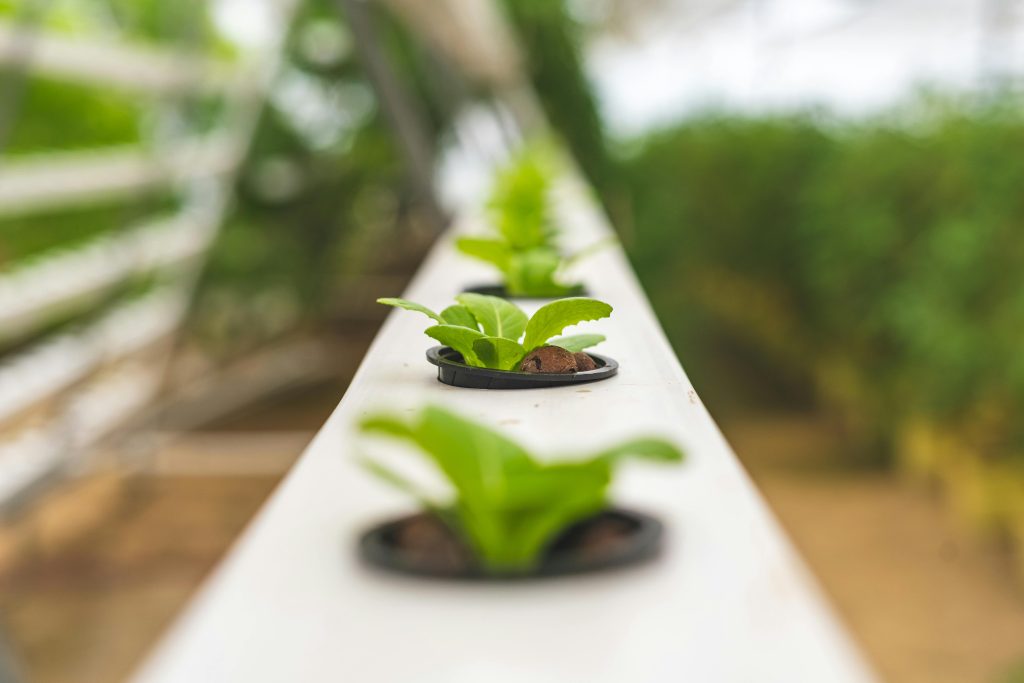
Preventing pH Fluctuations in Hydroponic Systems
Maintaining Proper Water Quality
Water quality plays a significant role in maintaining pH stability in hydroponic systems. Depending on the source, tap water may contain minerals or impurities that can affect the pH of the nutrient solution.
Before using tap water in your hydroponic system, it is important to check its pH and adjust it if necessary. Filtered or purified water can also be used to ensure a more stable pH. Regular monitoring of the water quality, including pH and nutrient levels, is essential to prevent any sudden fluctuations that can impact the pH balance.
Avoiding Excessive Nutrient Buildup
Excessive nutrient buildup in the hydroponic system can lead to pH fluctuations and imbalances. When plants take up nutrients from the solution, the pH can change as a result of nutrient interactions.
To prevent excessive nutrient buildup, it is important to follow a balanced nutrient schedule and avoid overfeeding your plants. Regularly flushing the system with fresh, pH-balanced water can also help remove any excess nutrients and maintain a stable pH.
Preventing Algae Growth and Root Diseases
Algae growth and root diseases can contribute to pH fluctuations and imbalances in hydroponic systems. Algae can release waste products into the water, affecting the pH and nutrient availability. Root diseases can disrupt the nutrient uptake process, leading to pH imbalances and nutrient deficiencies.
To prevent algae growth, ensure that your hydroponic system is properly sterilized and protected from light. Light-blocking materials can be used to cover the nutrient solution and prevent algae formation.
In terms of root diseases, maintaining proper hygiene and cleanliness is crucial. Avoid overwatering your plants and ensure that the root zone is well-aerated. Regularly inspect the roots for any signs of diseases or rot and take prompt action if necessary.
Maintaining pH Balance During Nutrient Solution Changes
Draining and Replenishing the Solution
Periodically, it is necessary to drain and replenish the nutrient solution in your hydroponic system. This helps prevent nutrient imbalances and ensures a fresh supply of nutrients for your plants.
When draining and replenishing the solution, it is important to consider the pH balance. Before draining the old solution, measure its pH and make note of the value. This will serve as a reference when adjusting the pH of the new solution.
After draining the old solution, thoroughly clean the reservoir and any associated equipment to remove any debris or residue. Once cleaned, prepare the new nutrient solution and adjust its pH based on the recorded value from the previous solution.
Balancing pH After Nutrient Changes
When making changes to the nutrient solution, such as adjusting the nutrient concentration or introducing new additives, it is common for the pH to be affected. This is due to the interaction of the added nutrients or additives with the existing solution.
After making these changes, it is important to monitor the pH closely and make any necessary adjustments to bring it back into the optimal range. This may involve using pH adjusters as discussed earlier.
Adjusting pH in Recirculating Systems
In recirculating hydroponic systems, where the nutrient solution is continuously recirculated through the system, pH adjustments may be required more frequently. Due to nutrient uptake and evaporation, the pH can gradually change over time.
To maintain pH balance in recirculating systems, it is important to regularly monitor the pH and make adjustments as needed. This can be done by periodically draining and replenishing the solution, as well as making incremental pH adjustments.
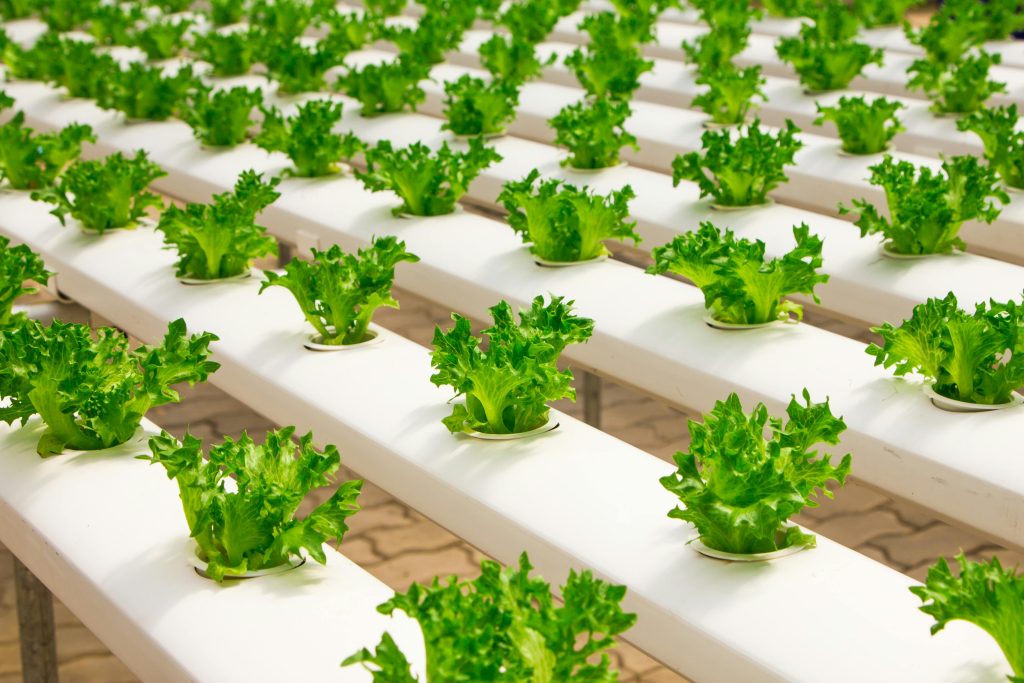
pH Balance and Nutrient Uptake
The Influence of pH on Nutrient Availability
pH plays a critical role in the availability of essential nutrients to the plants. Each nutrient has a specific pH range at which it is most readily absorbed by the plant roots.
For example, iron is best absorbed by plants when the pH is slightly acidic, around 5.5 to 6.0. If the pH becomes too alkaline, the availability of iron decreases, leading to iron deficiency symptoms such as yellowing leaves.
Similarly, other nutrients like manganese, boron, and zinc have optimal pH ranges for absorption. Maintaining the pH within these ranges ensures that the nutrients are available to the plants when they need them.
Optimizing pH for Nutrient Uptake Efficiency
To optimize nutrient uptake efficiency, it is crucial to maintain the pH within the optimal range for each nutrient. This can be achieved by regularly monitoring the pH and adjusting it as needed using pH adjusters.
By optimizing the pH, you can ensure that the plants have access to the necessary nutrients in the most available form. This promotes healthy growth, enhances nutrient absorption, and reduces the risk of nutrient deficiencies or toxicities.
Common Nutrient Deficiencies Caused by pH Imbalance
pH imbalances can lead to nutrient deficiencies in plants, as certain nutrients may become less available or even unavailable outside their optimal pH range. Here are some common nutrient deficiencies caused by pH imbalances:
- Iron deficiency: High pH can cause iron to become unavailable to plants, leading to chlorosis (yellowing of leaves) and stunted growth.
- Manganese deficiency: High pH can also hinder the availability of manganese, resulting in interveinal chlorosis and reduced photosynthesis.
- Boron deficiency: Low pH can cause boron to become excessively available, leading to toxic accumulation and issues like leaf distortion and tip dieback.
- Zinc deficiency: High pH can limit zinc availability, causing stunted growth, interveinal chlorosis, and delayed fruit development.
Maintaining the proper pH balance will help prevent these nutrient deficiencies and ensure that your plants have access to the necessary nutrients for healthy growth.
pH Balance and Enzyme Activity
Enzymes’ Sensitivity to pH Levels
Enzymes play a fundamental role in various physiological processes in plants, including nutrient uptake, photosynthesis, and metabolism. Enzymes are highly sensitive to pH levels, and their activity can be influenced by changes in pH.
Each enzyme has an optimal pH at which it is most active and efficient. Deviations from this optimal pH range can result in reduced enzyme activity, leading to metabolic imbalances and impaired growth.
Maintaining Optimal pH for Enzymatic Processes
Maintaining the optimal pH for enzymatic processes is crucial for maximizing the efficiency of various physiological functions in plants. As pH affects enzyme activity, it is important to maintain the pH within the appropriate range to ensure proper enzymatic functioning.
By keeping the pH at the optimal level, you can support key enzymatic processes, such as nutrient uptake, carbohydrate metabolism, and photosynthesis. This promotes overall plant health and growth, leading to higher yields and improved crop quality.
Enhancing Enzyme Activity through pH Adjustment
In some cases, adjusting the pH can help enhance enzyme activity and promote optimal plant growth. For example, certain enzymes involved in nutrient uptake, such as nitrate reductase or phosphate solubilizing enzymes, may be more active within a specific pH range.
By adjusting the pH to the optimal range for these specific enzymatic processes, you can improve nutrient assimilation and utilization by the plants. This can be particularly beneficial when targeting specific nutrient deficiencies or optimizing nutrient uptake in challenging environmental conditions.
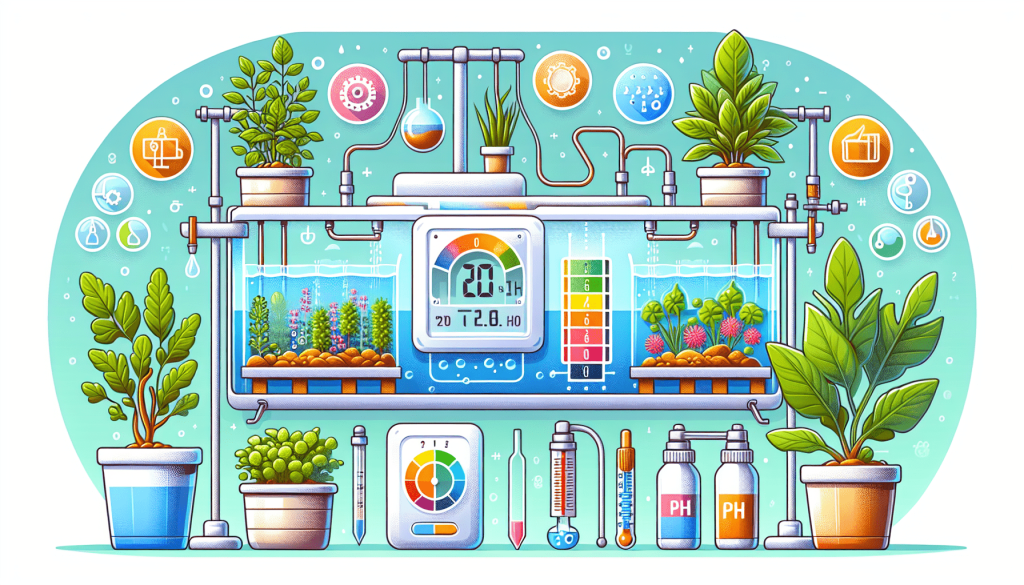
Troubleshooting pH Issues
Identifying pH Imbalance Symptoms
Identifying pH imbalance symptoms in hydroponic systems is essential for taking corrective measures before the issue worsens. Here are some common symptoms that can indicate a pH imbalance:
- Nutrient deficiencies or toxicities: Yellowing or chlorosis of leaves, stunted growth, leaf curling, and slow development can all be signs of nutrient imbalances caused by pH issues.
- Reduced nutrient uptake: Slower growth, poor root development, and overall plant weakness may indicate pH-related nutrient uptake problems.
- Algae growth: Excessive algae growth in the reservoir or on the growing media surface can suggest a pH imbalance.
- Root diseases: Root rot, discoloration, or an offensive odor from the root zone can be indicators of pH-related root diseases.
Regular monitoring of plant health and growth can help you identify these symptoms and take appropriate action to address any pH issues.
Common Causes of pH Fluctuations
Several factors can contribute to pH fluctuations in hydroponic systems. It is important to identify the root causes to effectively address and prevent pH imbalances. Here are some common causes of pH fluctuations:
- Nutrient uptake: As plants take up nutrients from the solution, the pH can change due to the release of hydrogen or hydroxide ions. This can lead to gradual shifts in pH over time.
- Water quality: Tap water may have a fluctuating pH or contain minerals that can affect the pH of the nutrient solution. Poor water quality can contribute to pH fluctuations.
- Biological activity: Microorganisms or algae present in the system can release waste products or excrete acids, affecting the pH balance.
- Acid or alkaline additives: Adding acidic or alkaline pH adjusters without proper monitoring and control can cause sudden and drastic pH changes.
By addressing these underlying causes, you can minimize pH fluctuations and create a more stable and balanced growing environment for your plants.
Resolving pH Issues in Hydroponic Systems
To resolve pH issues in your hydroponic system, it is important to take a systematic approach. Here are some steps you can take to address pH imbalances:
-
Identify the issue: Monitor plant health and growth, regularly check the pH, and look for symptoms of pH imbalances as discussed earlier. Determine whether the pH needs to be raised or lowered to bring it into the optimal range for your specific crop.
-
Measure and adjust: Use a reliable pH measurement method, such as a pH test kit or digital pH meter, to measure the current pH level. Make necessary adjustments using appropriate pH adjusters, following the instructions provided.
-
Monitor and repeat: Regularly monitor the pH after making adjustments to check if it has stabilized within the desired range. Gradually repeat the adjustment process if needed, making incremental changes until the pH remains consistently within the optimal range.
-
Address underlying causes: Address any underlying factors that can contribute to pH fluctuations, such as water quality issues, excessive nutrient buildup, or biological activity. Take preventive measures to minimize the likelihood of future pH imbalances.
By following these steps and staying vigilant, you can quickly identify and resolve pH issues in your hydroponic system, ensuring healthy growth and high yields.
Conclusion
Maintaining the proper pH balance in your hydroponic growing system is essential for promoting healthy plant growth and maximizing yields. pH directly affects nutrient availability, enzyme activity, and overall plant health.
Understanding the role of pH in hydroponics and its effects on plant health is crucial for successful hydroponic growing. Regularly measuring and monitoring pH levels, adjusting pH as needed, using pH-neutral growing media, and preventing pH fluctuations are key steps in maintaining a balanced pH.
Taking proactive measures to maintain pH balance will result in healthy, vibrant plants and higher yields. By optimizing pH for nutrient uptake efficiency and supporting enzymatic processes, you can create an ideal growing environment for your hydroponic crops.
